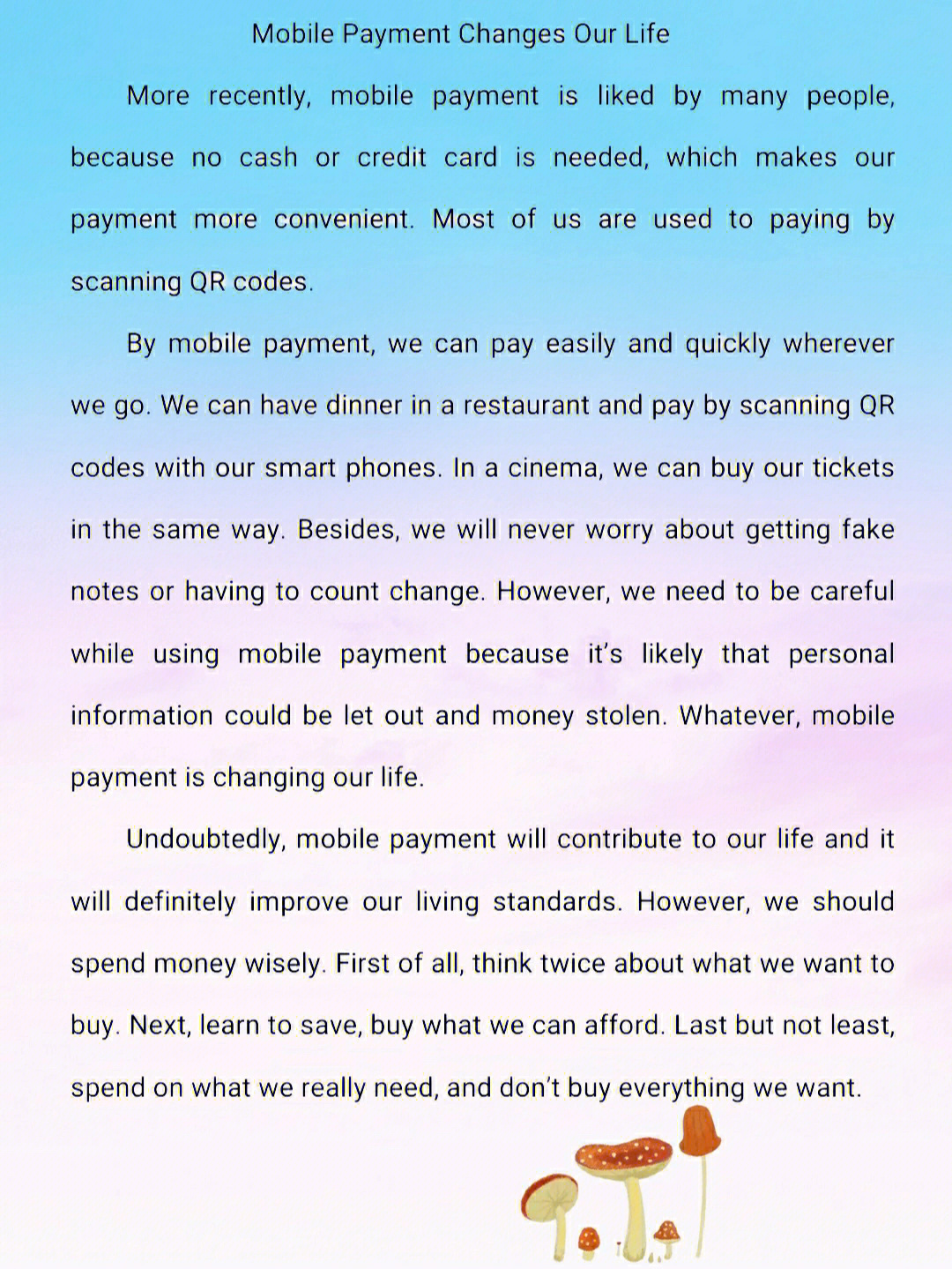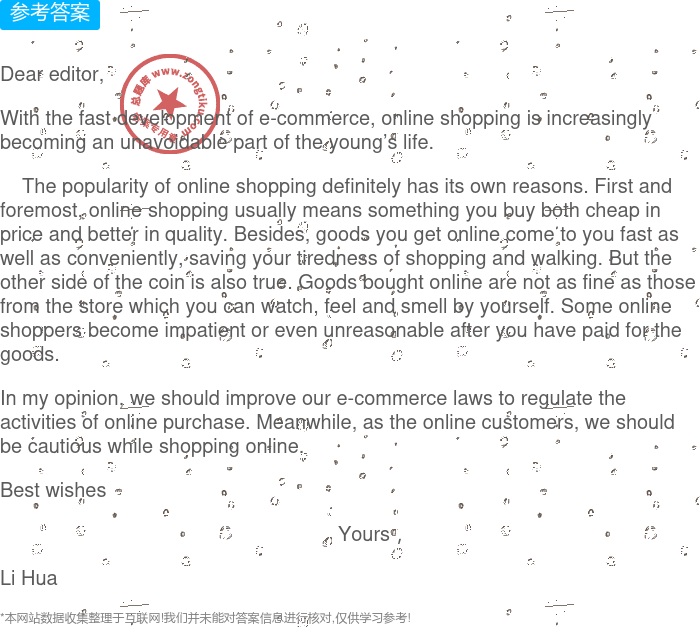摘要:为确保在线支付的安全,需要采取一系列措施。这些措施包括但不限于加密技术保护用户数据,验证用户身份以防止欺诈行为,实时监控交易风险,以及建立安全支付平台。通过这些措施,可以有效保障在线支付的安全性,提高用户的信任度和满意度。
In the digital age, online payment has become an integral part of our daily lives, facilitating various transactions and purchases. However, with the rise in online shopping and e-commerce, the security of online payment has become a critical concern for both consumers and businesses. To ensure the safety of online payments, several measures need to be implemented.
Firstly, strong authentication is essential. Online payment gateways should require multiple forms of authentication to verify the identity of users. This could include username and password combinations, as well as two-factor authentication methods such as one-time passwords (OTP) or biometrics. By using multiple layers of authentication, the chances of unauthorized access are greatly reduced.
Secondly, secure payment gateways must be used. When making online payments, it is important to ensure that the payment gateway is secure and encrypted. Look for secure sockets layer (SSL) certification on the website and ensure that the URL begins with 'https' rather than 'http'. SSL encryption ensures that sensitive data, such as credit card information or bank details, are transmitted securely and cannot be intercepted by unauthorized parties.
Thirdly, businesses should prioritize fraud prevention mechanisms. Implementing robust fraud detection systems can help identify suspicious transactions and prevent any unauthorized payments. Regular updates and monitoring of these systems are crucial to stay ahead of evolving fraud techniques. Furthermore, businesses should also avoid storing sensitive customer information on their servers to minimize the risk of data breaches.
Fourthly, consumers should be educated on online payment safety practices. They should be encouraged to use strong passwords and change them regularly. Additionally, they should be aware of phishing attacks and never share their sensitive financial information with any unauthorized third party. They should also install security software on their devices to protect against malware and other online threats.
Fifthly, regular updates and patches for software are crucial. Both businesses and consumers should regularly update their software, including browsers, payment apps, and operating systems, to ensure they have the latest security features and patches. This helps mitigate the risk posed by vulnerabilities in older software that could be exploited by hackers.
Sixthly, cooperation between businesses, governments, and consumers is vital. Businesses should share best practices and security updates with consumers to ensure they are aware of any potential risks. Governments should also play a role in regulating online payment systems and providing a safe online payment environment for both businesses and consumers.
Lastly, in case of any suspicious activity or potential breaches, it is important to have a robust incident response plan in place. Both businesses and consumers should be prepared to respond swiftly and effectively to minimize any potential losses. Regular testing of these plans ensures that they are ready to be implemented in real-time situations.
In conclusion, ensuring secure online payments requires a multi-faceted approach involving both businesses and consumers. By implementing strong authentication methods, using secure payment gateways, prioritizing fraud prevention, educating consumers on safety practices, regularly updating software, and having robust incident response plans, we can create a safer online payment environment for everyone.



